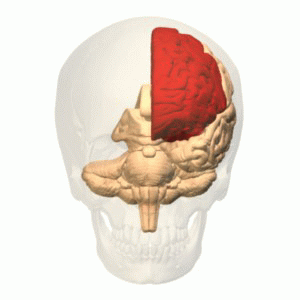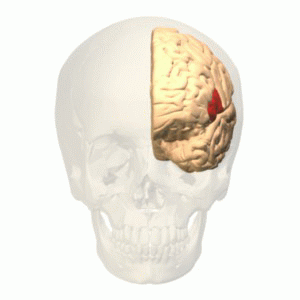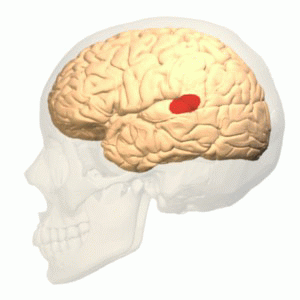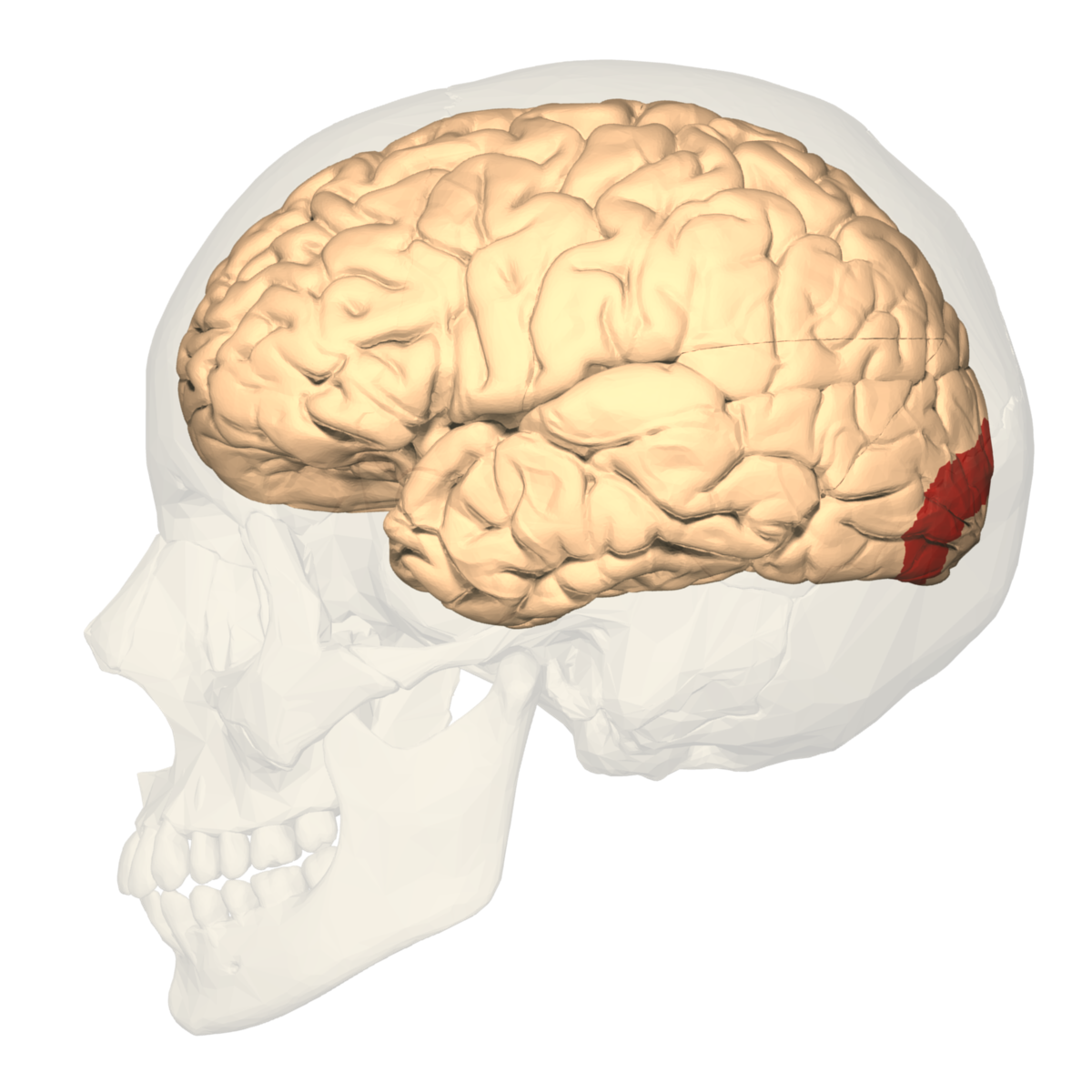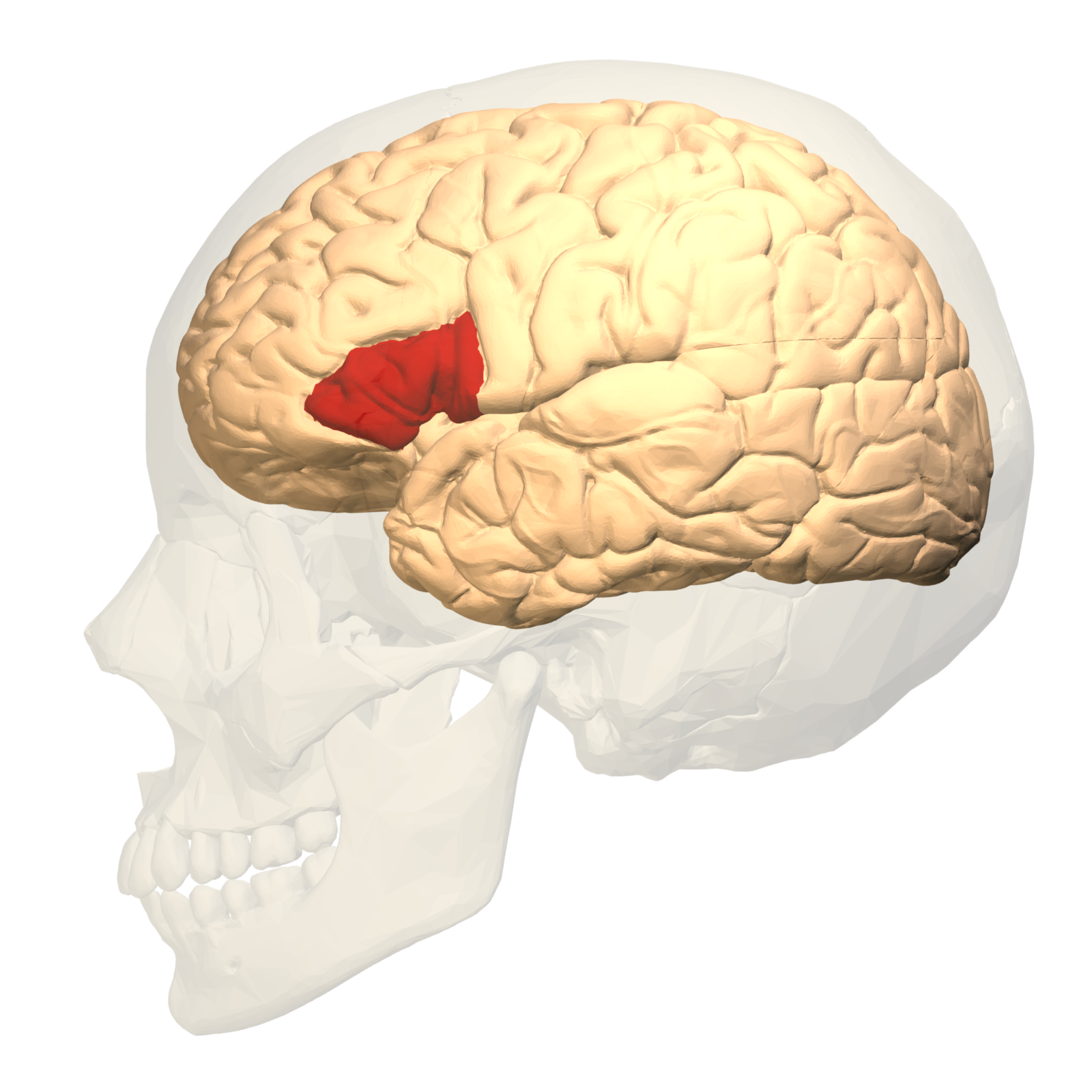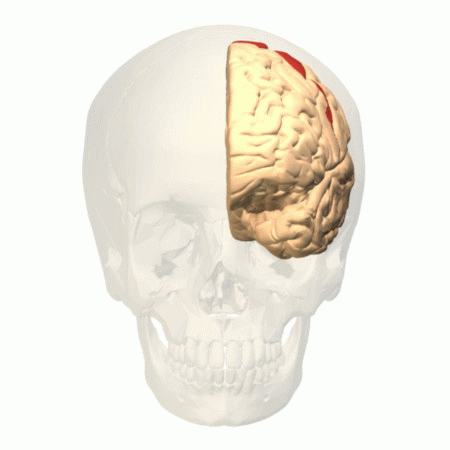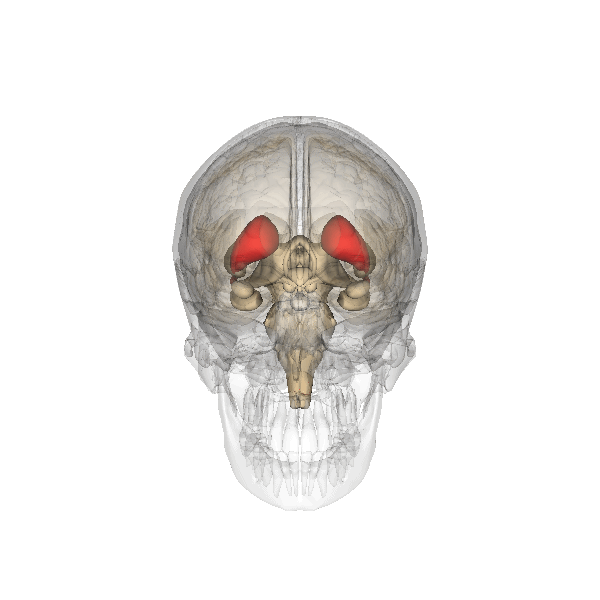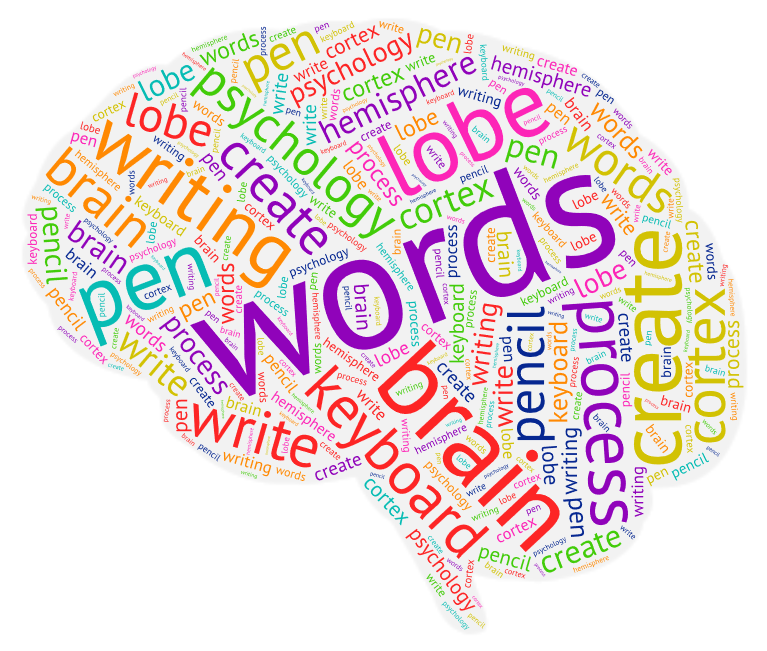Remember when you were little and just learning how to write? Just writing your name was a huge accomplishment. Yet with practice, it became much easier. The brain is not a muscle; although, in some ways it develops like one. The more you use it in a specific way, the more able it is to perform the task. So what is the brain actually doing while you write? The following are a number of brain areas that work together to form ideas and get them down on paper.
Frontal Lobe
The frontal lobe of the brain is
sometimes referred to as the “control centre” of our voluntary actions because it is in charge of decision making and planning. This planning function comes into play fairly early on during the writing process. Let’s say you have an assignment to describe an event from your childhood. Your frontal lobe is going to be the one to pick which event you choose to describe and allow you to plan how you are going to approach the task.
Hippocampus
You’ve decided you are going to tell
the story of your first day of kindergarten and how you spilled paint all over yourself within the first ten minutes. How is it that you remember this event in such vivid detail when it took place fifteen years ago? This is thanks to your hippocampus. The hippocampus is involved in both the formation and the retrieval of long term memories (i.e. memories that need to be stored for over a minute or two) and so it is what pulls that memory from storage so that you can relive it and write it down.
Broca’s Area
Broca’s area plays a fairly obvious role
in the writing process once you are aware of what it does. It is located in the left hemisphere of the brain’s frontal lobe and is responsible for language production. It is what gives you the ability to turn your memory of leaving green footprints down the hall into a written description. Someone with damage to Broca’s area (someone with Broca’s aphasia for example) would be able to understand what the assignment required, but would not be able to form an answer, either verbal or written.
Wernicke’s Area
Wernicke’s area and Broca’s area
sometimes feel like 2 sides of the same coin. While Broca’s area is in charge of production, Wernicke’s area, which is part of the left temporal lobe, is in charge of understanding. This area of the brain is what allows you to read what you have written and understand whether what is on the page matches that image you have in your head of your brand new running shoes covered in blue and green paint. Someone with damage to Wernicke’s area can produce speech that sounds fluent to a non-English speaker, but is not made up of real English vocabulary. In other words, the words themselves are gibberish, but sound fluent. To revise your work, Wernicke’s area allows you to understand what you have created, while Broca’s area is producing new language to improve what is already on the page.
Visual Cortex vs Speech Area
When you remember a past experience
and “see” it in your mind’s eye or read a description of it, your visual cortex is working in a similar way to how it works when you look at something in real life.
A brain scan study by Dr. Martin Lotze and his team at the University of Greifswald in Germany demonstrated that when novice writers were told to write a story, their visual cortexes lit up. This suggests that they were “watching” the story they were creating unfold in their head, similar to how you would watch a movie.
Experienced writers showed extra activation in the parts of Broca’s area dedicated to speech, suggesting that experienced writers create their stories through an inner “narration” instead. As you think about wiping your shoes with a paper towel, notice
how you think about it. Are you watching it in your head? Are you listening to yourself tell the story? Who knows, you might even experience your thought process in a completely different way.
Motor Area
So you have the pictures in your mind
and all the words to describe them, but how do you physically put them on the page? Your motor area, a long strip at the very back of your frontal lobe is in charge of sending signals to your muscles. This allows you to hold a pen and form the physical letters on the page or, if you are typing, press the correct keys in the right sequence. Think about it; your brain is actively sending signals to your fingers to perform specific motions in rapid succession. That is pretty amazing, especially when you think about how much more coordinated you are now, fifteen years after knocking over the entire paint tray.
Caudate Nucleus
This piece is potentially the most
interesting of all. The caudate nucleus is located deep within the brain and is involved with processes that have been extensively practiced. For example, if you play a musical instrument, playing scales may have been difficult at one point but are now almost automatic. This is because practicing a skill allows the caudate nucleus to coordinate some of the other brain systems that are working together to complete the process more efficiently. The same brain scan study mentioned above demonstrated that during the writing process, this part of the brain is extremely active in experienced writers but remains quiet in the novice writers. You might consider yourself a novice as you sit down to write your kindergarten memory, or you might be a pro. Either way, the more you practice, the easier writing will become as your brain adapts.
